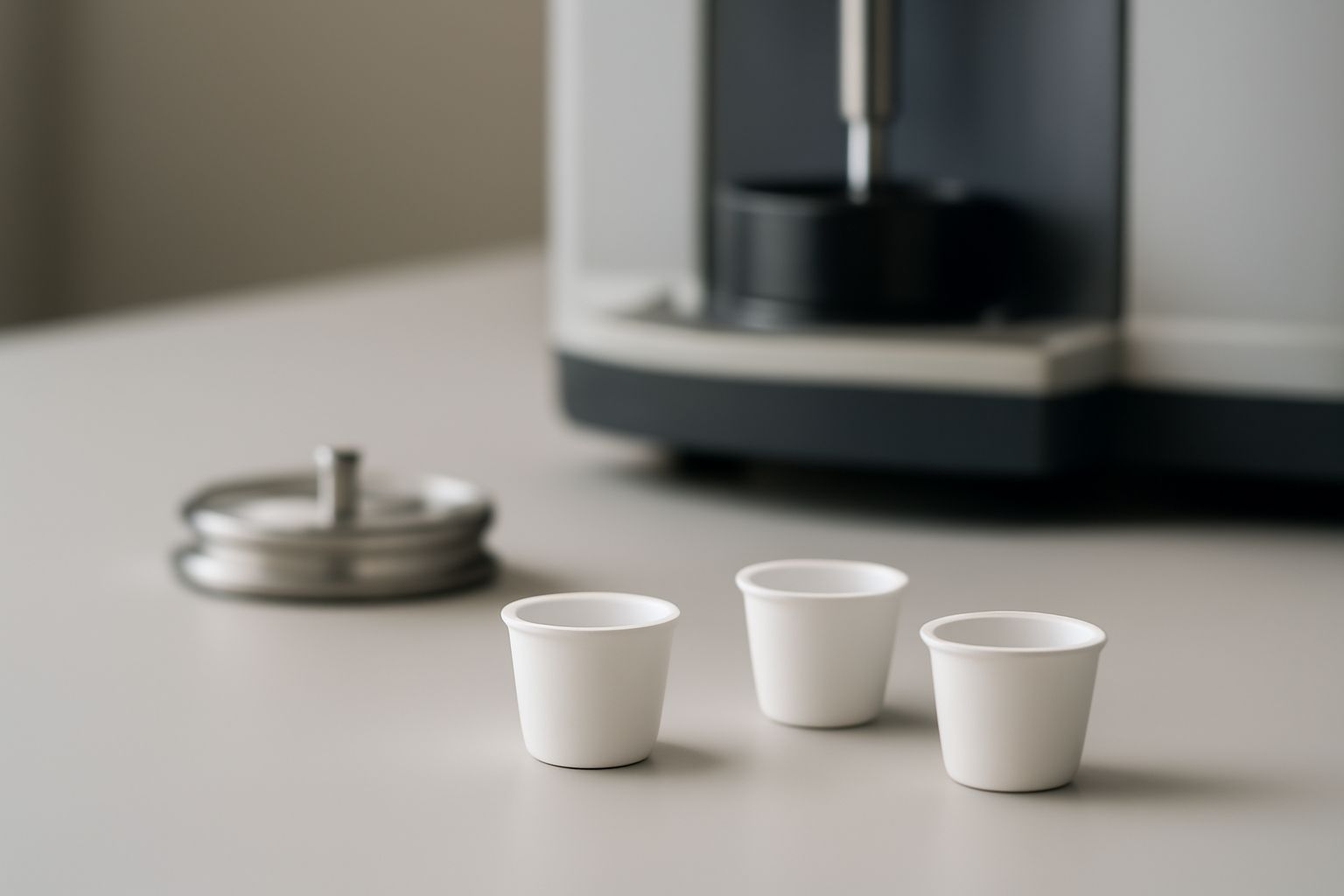Your cart is empty.
shop now
Your cart is empty.
shop now
Poor crucible selection causes test failures and wasted resources in many labs. Analytical errors and equipment damage often result from ignoring compatibility and supplier quality when buying crucibles.
When purchasing reusable crucibles for thermal analysis, always check their compatibility with your instruments, the material’s thermal stability, and chemical resistance. Confirm detailed specifications and support from the supplier to fit your laboratory’s workflow.

I have seen labs lose both time and money due to simple buying mistakes. Clear evaluation of materials, sizes, and supplier services prevents these problems. Below, I explain the key points that help you buy the right reusable crucibles and integrate them smoothly into your testing system.
Ignoring important features leads to poor performance and costly retesting. Choosing the wrong crucibles can affect test results and cause chemical reactions or leaks during analysis.
Carefully review the crucible’s material, maximum temperature rating, resistance to corrosion, and ease of cleaning. Confirm fit with your thermal analysis method and regular maintenance needs for long-term lab efficiency.
| Factor | Why It Matters | Best Practice | Reference |
|---|---|---|---|
| Material compatibility | Avoids reactivity and contamination | Use supplier validation or third-party lists | Chemical Engineering News |
| Thermal stability | Prevents melting or shape change | Match crucible rating with instrument specs | Instrument manual |
| Corrosion resistance | Extends usable lifespan | Pick inert materials for harsh samples | Corrosion info |
| Cleanability | Maintains accuracy | Smooth surfaces reduce residue risk | Analytical Methods |
I save time and avoid test problems by spending a few minutes checking these points before ordering. Labs that document these factors get better value and fewer quality control failures.
Choosing poor material matches for crucibles and thermal instruments can cause errors or machine damage. Many labs experience faulty readings just because of incompatibility.
Confirm the material type is approved or recommended by the instrument maker. Match melting points, chemical resistance, and heat transfer properties to keep measurements reliable and safe.
| Instrument Brand | Material Option | Compatibility | Extra Note |
|---|---|---|---|
| TA Instruments | Alumina | Excellent for TGA/DSC | Check for adapter types |
| Mettler Toledo | Platinum | High temp and inert | Follow cleaning protocol |
| NETZSCH | Boron nitride | Special for reactive tests | Needs gentle handling |
| Shimadzu | Alumina, platinum | Both common in labs | Model-specific guides |
I always check the device manufacturer’s table or official documents before placing a bulk order. If you use the wrong material, costly errors and broken equipment can follow. Industry guides help reduce mistakes (ScienceDirect).
Many labs waste time and samples by choosing the wrong size crucibles, leading to spills, lost product, or inefficient heating profiles.
Pick a crucible size and volume that match your typical sample mass and thermal testing needs. Too large or too small containers change peak shapes, introduce artifacts, and cause sample handling problems.
| Application | Recommended Volume | Sample Mass Range | Selection Tip |
|---|---|---|---|
| DSC organic tests | 20-40 μL | 2-10 mg | Small size, better signal |
| TGA polymer analysis | 70-110 μL | 5-20 mg | Bigger allows gas flow |
| Metal alloy melting | Up to 1000 μL | 50-200 mg | Large volume, thick walls |
| Custom R&D | On request | Any | Consult supplier |
I recommend confirming volume with your standard operating procedure. Using the right size cuts down on baseline noise and improves both accuracy and daily workflow.
Buying from unknown or unresponsive suppliers raises risk of late shipments and poor technical support. Missing documentation causes workflow delays and failed audits.
Choose suppliers with clear support contacts, fast response times, and comprehensive product information. Look for certification, return policies, and technical drawings to ensure seamless purchasing and integration.
| Supplier Attribute | What to Check | Lab Benefit | Reference |
|---|---|---|---|
| Documentation | Detailed specs, drawings | Smoother adoption | Certification |
| Customer support | Live chat, email, phone help | Faster troubleshooting | ISO 9001 reports |
| Shipping policies | Tracking, insurance options | Fewer lost or damaged items | Supplier site |
| Technical consultation | Direct engineer support | Custom fit, reduced errors | Technical guidelines |
I request material certificates, drawings, and live support before choosing a supplier for routine orders. Labs that follow a strict checklist enjoy smoother projects and fewer operational setbacks.
Paying attention to key factors and supplier quality helps you choose reusable crucibles that boost test reliability, protect your investment, and support long-term research goals.
Contact technical support: info@redthermo.com